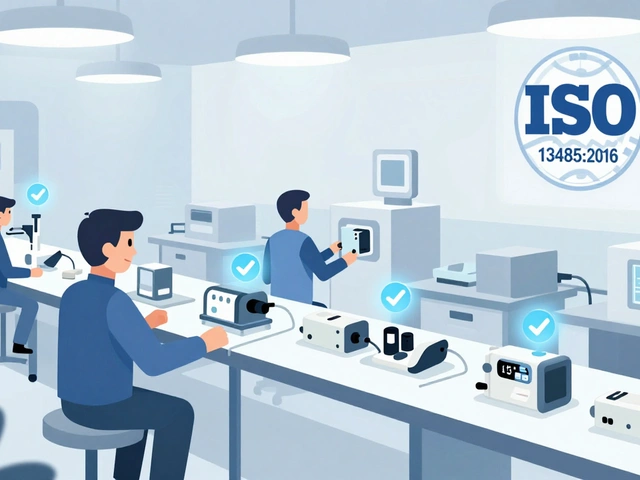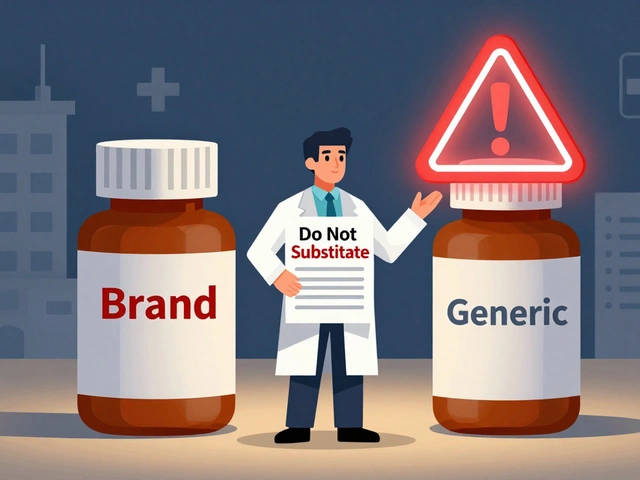Workplace Mental Health: Simple Steps to Feel Better at Work
Feeling overwhelmed at work is more common than you think. You don’t have to accept constant stress as the norm. By making a few changes, you can protect your mental health and stay productive.
Practical Steps for Employees
First, set clear boundaries. Let yourself log off at a reasonable hour and stick to it. When you finish a task, take a short break—stand up, stretch, or walk to the kitchen. A five‑minute pause keeps your mind fresh and prevents burnout.
Second, organize your day around realistic goals. Write down the top three things you must finish and focus on them before moving on to anything else. Checking off tasks gives you a sense of progress and reduces the feeling of being swamped.
Third, talk about what’s stressful. Share your concerns with a trusted coworker or manager. A quick conversation can reveal simple solutions, like redistributing workload or adjusting deadlines.
Fourth, use the resources your company offers. Many workplaces provide an employee assistance program (EAP) or a mental health hotline. These services give confidential counseling and tools to cope with anxiety.
Finally, practice basic self‑care outside of work. Regular sleep, balanced meals, and physical activity all boost mood. Even a short walk after lunch can improve focus for the afternoon.
How Employers Can Help
Employers play a big role in shaping a healthy work environment. Start by encouraging open talk about mental health. When leaders share their own experiences, it removes the stigma and invites others to speak up.
Provide clear policies that protect employees from overwork. Flexible hours, remote‑work options, and paid mental‑health days give staff the space they need to recharge.
Offer training for managers on spotting signs of stress and how to respond. A manager who knows to ask, “How are you feeling?” can catch problems before they grow.
Invest in mental‑health resources such as counseling services, stress‑management workshops, or meditation apps. Make these tools easy to access and promote them regularly.
Finally, track workload and avoid unrealistic expectations. Regularly review project timelines and staffing levels to keep pressure at a sustainable level.
When employees feel supported, they’re more engaged, productive, and less likely to leave. A culture that values mental health benefits everyone.
Whether you’re an employee looking for ways to cope or a manager wanting to create a healthier workplace, the steps above are a solid starting point. Small changes add up, and the result is a workday that feels less like a grind and more like a space where you can thrive.
Explore how Major Depressive Disorder reduces workplace productivity, the hidden costs of absenteeism and presenteeism, and practical steps employers can take to support affected staff.
Continue reading...






